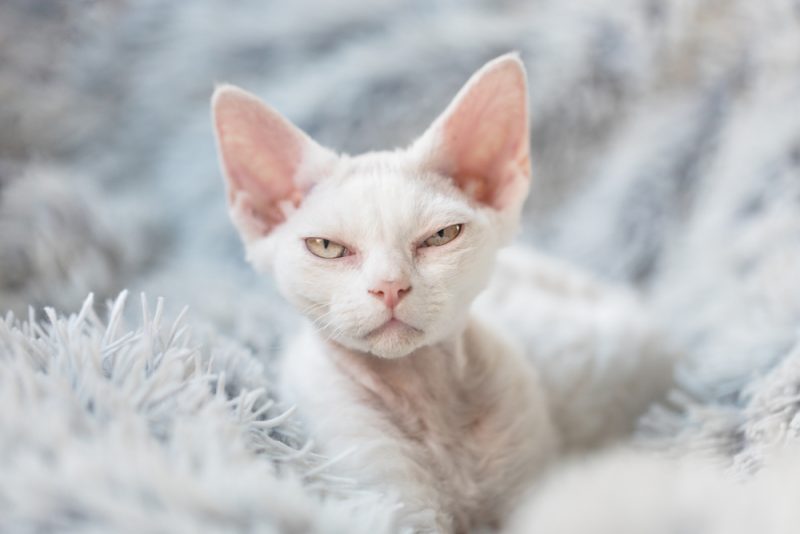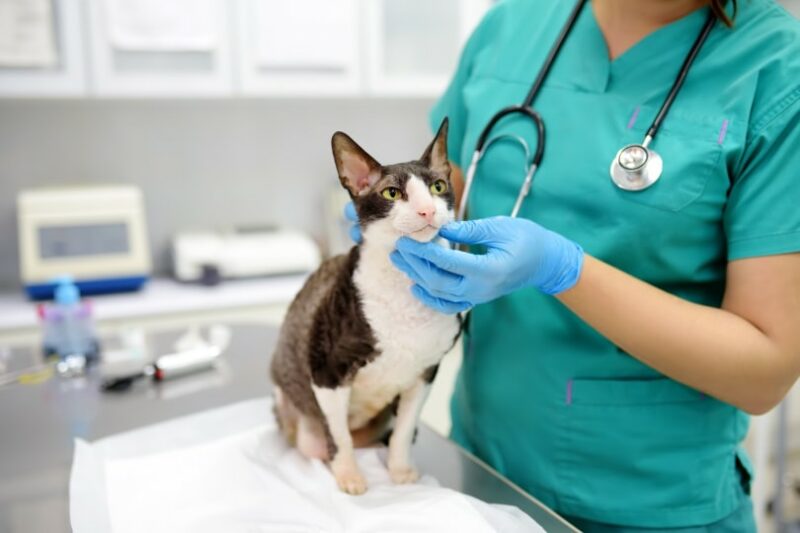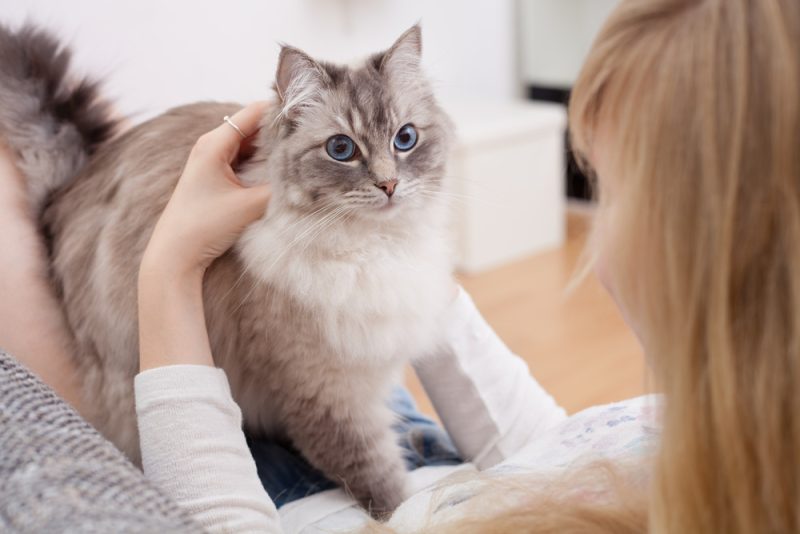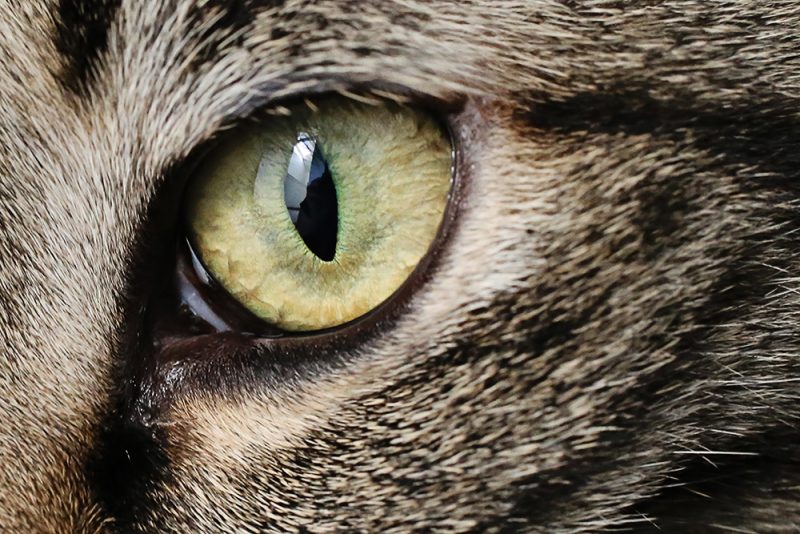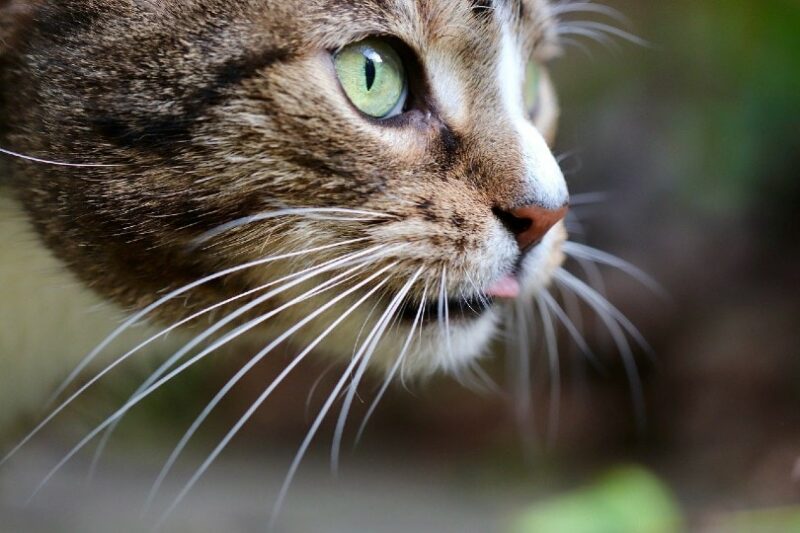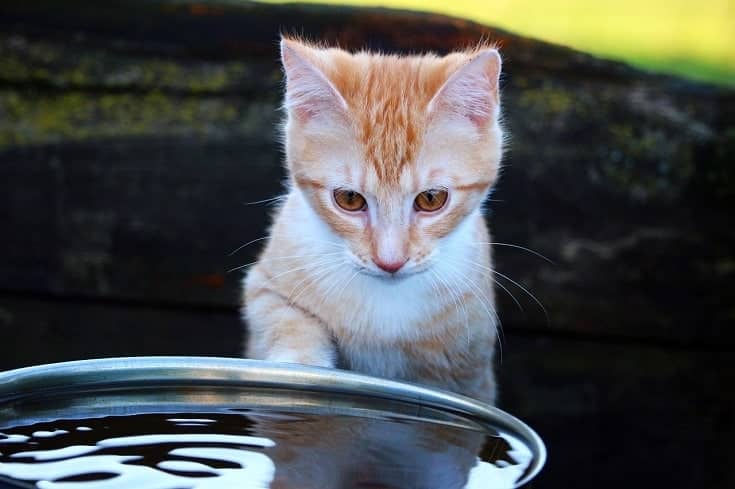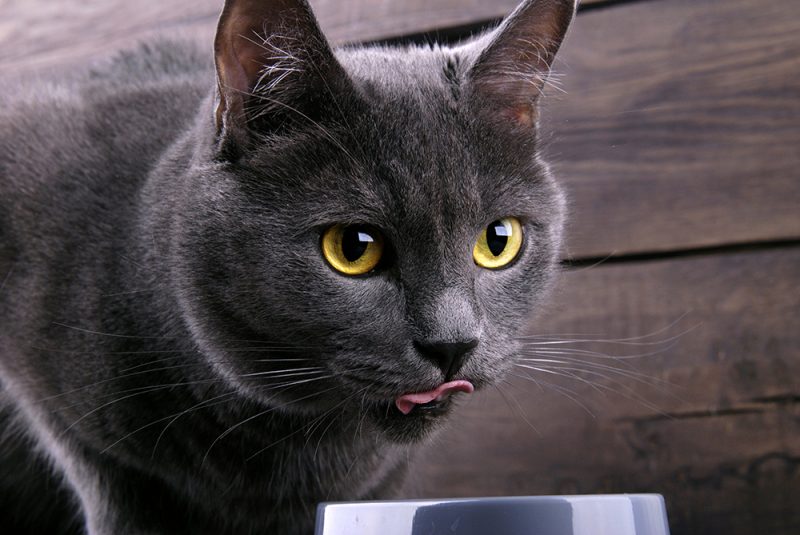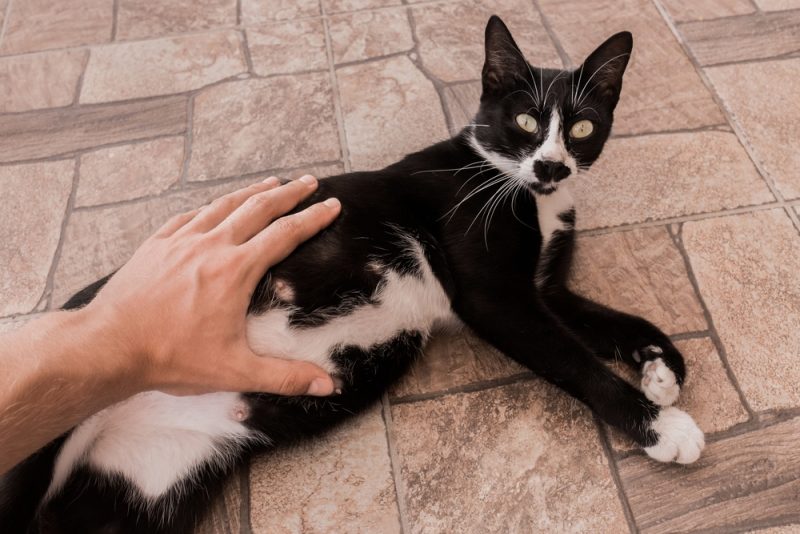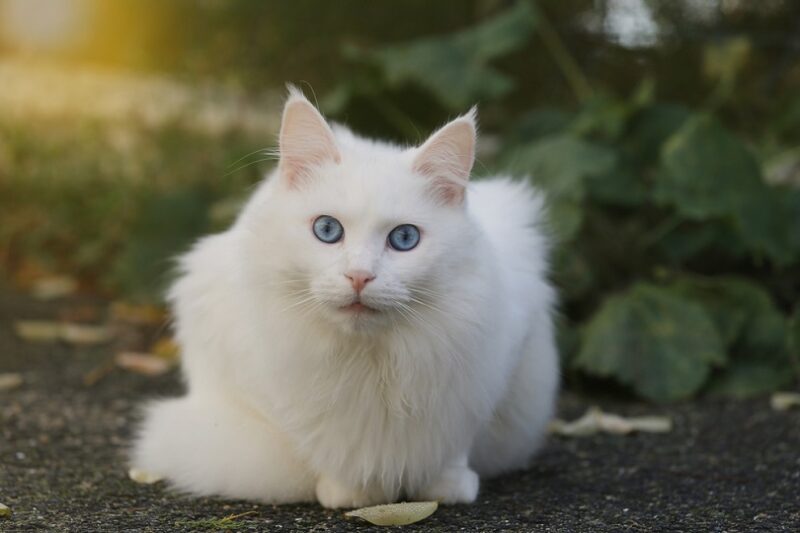In this article
If you own a cat, you might be wondering if they easily get cold. You may have observed them hiding under a blanket, sitting by a heater, or snuggling up with you to stay warm. If you would like to know what temperatures cats can tolerate, and how you can make your cat more comfortable without creating high heating bills, you’ve come to the right place. We’ve racked our brains, asked all of our cat-owning friends, and conducted our own research for as many creative ways to keep your cat warm as we could find, and we are going to list them for you here.

How Cold Is Too Cold for Cats?
Before attempting to tell if your cat is too cold, you would likely want to know what temperatures are normal and tolerable for cats. The optimum ambient temperature for most cats is 77 – 86°F (25 – 30°C). However, most healthy adult cats can easily tolerate temperatures as low as 59-68°F (15-20°C).
There are a few exceptions to this rule though:
- Cats that are underweight or unwell likely cannot tolerate lower temperatures the way a healthy cat would be able to.
- Young kittens or senior cats may struggle to keep warm.
- Pre-weaned kittens (under 2 months of age) cannot tolerate such low temperatures.
- Cats with a single or no coat have poor cold tolerance when compared to double or triple coat breeds.
- Cats that have a large area of their fur shaved may not be able to keep warm, as fur plays a major role in thermoregulation.
How to Tell If a Cat Is Cold
There are several ways to tell if your cat is feeling cold.
- Your cat is shivering.
- Your cat is sitting on all fours, with their feet held close to their body, their tail wrapped near their body, and their fur slightly raised.
- Your cat’s extremities feel slightly cool to the touch.
- Your cat is seeking sources of warmth, like a blanket, bed, your lap, etc.
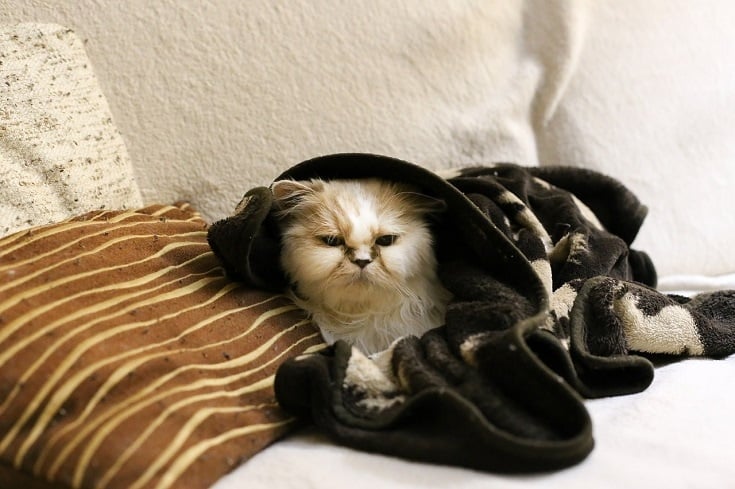

The 7 Methods to Keep Your Cat Warm
1. Cuddling
The first method is our favorite, and it’s also the most challenging. Snuggling with our cats is something most of us only dream of as most are aloof and prefer to love you from a distance. However, the cold winter months are the perfect time to change your pet’s mind. We recommend getting a soft plush fabric or faux fur blanket that you can drape over your legs or place next to you to convince your cat to get a little closer. It can take your cat a few days to catch on, but if you don’t push too hard or make a big fuss, there is a good chance your cat will be making use of the blanket in a few days.
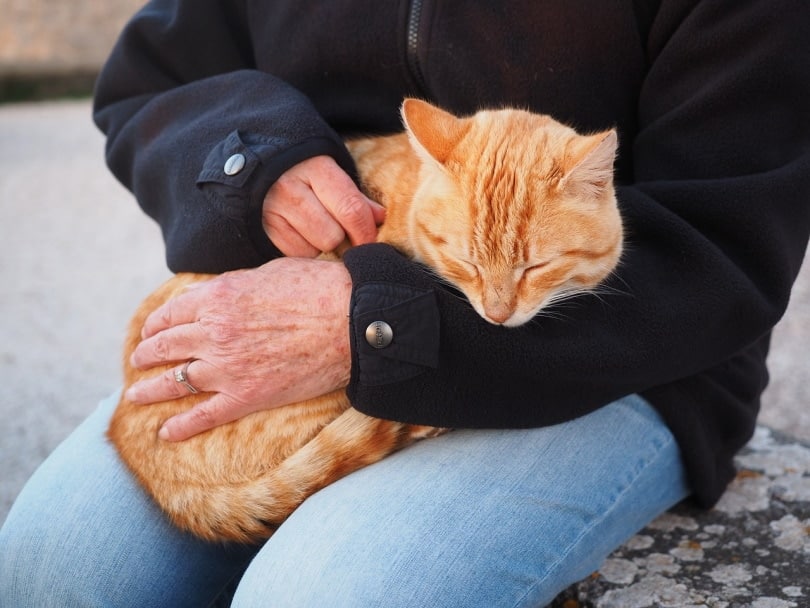
2. Cardboard Box
One of the easiest and least expensive ways to help your cat stay warm is to use an ordinary cardboard box. You can add a blanket to a cardboard box and put some catnip inside to convince your cat to give it a try. Cardboard boxes do a great job of retaining heat and will quickly become one of your cat’s favorite places. You can even get creative and connect several boxes together to create a palace or tower that your cat can use to play in while they’re keeping warm. Something similar that you can purchase made of wood can cost hundreds of dollars. Cardboard boxes are also biodegradable and will not harm the environment.
3. Cat Caves
Cat caves are essentially a covered cat bed, and like a cardboard box, they can be very effective at holding in your cat’s natural body heat to create a warm space that’s more comfortable. Cat caves also usually provide built-in cushioning that stays in place better than a towel, and they are more attractive than a cardboard box. The downside is they are considerably more expensive, and they are not always easy to clean.
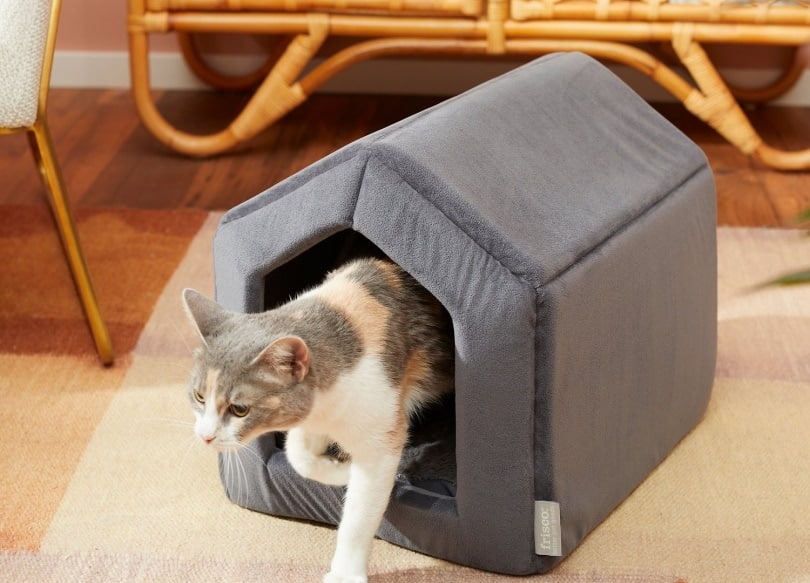
4. Thermal Beds
A thermal bed looks like an ordinary cat bed, but it uses special materials that capture and reflect your cat’s natural body heat more effectively than an ordinary bed. If your cat spends a lot of time in the same spot, thermal beds can be an effective way to make it more comfortable over the winter.
5. Heating Pad
Heating pads are likely the most effective way to warm up your cat without increasing the heat in your home, but they are also the most dangerous and require the most consideration and supervision. Many of our cats have a specific spot they like to stay, often a chair or at the bottom of a bed. We can carefully place a heating pad here, and the cat hardly notices it, so there is no break-in time like there is for the other methods.
A heating pad should not cover the entire area your cat will sit on. This way, if your cat ever feels too warm, they can easily move off to the cooler area of their resting spot.
The downside to the thermal pad is that there are always small risks of shocks and fire when dealing with electricity. A curious cat might also bite the wire of the device; care is required to ensure the wire is well out of your cat’s view. Heating pads should only be used when you’re around to monitor your cat.

6. Microwavable Bed Warmer
One of our favorite ways to keep cats warm is using a microwavable bed warmer during the winter. These devices can deliver more heat than a cat can create, like the heating pad, but without the dangers that come with it. There is no electricity to cause a shock or cause a fire. It also cools naturally, so there is no need to worry about turning it off. The downside to bed warmers is that either the warmth of the pad or the smell causes some cats to chew on them. If we don’t watch them, they can pull it apart in a few minutes. It’s also challenging to have the bed warmer ready when your cat is ready to use the bed.
7. Clothing
Another way to keep your cat warm during the colder months is to put clothes on them. Many people scoff at the idea of dressing up a cat, and many cats hate it. However, some cats will get used to it, and clothing can help prevent the cat’s body heat from escaping better than any of the options mentioned above. Clothes will also keep your pet warm throughout the day and night, no matter where they go. All of the other methods require the cat to sleep in a designated area. However, this isn’t without its downsides–cats can easily soil their clothes when they go to their litter box. Their clothes can also carry litter all over the house.
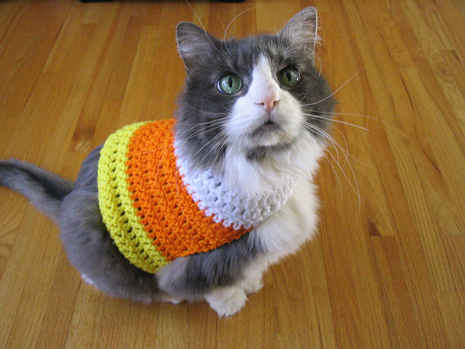

Summary
As you can see, it is possible to keep your cat comfortable without turning the heat up in your home. The cardboard box, thermal beds, and cat caves can even help keep cats warm outdoors as long as they stay dry. You can find a cardboard box behind any grocery store, and you probably already have one that will work perfectly in your home. The cat caves and thermal beds will be a little more expensive but will also be more attractive. Microwavable bed warmers can be effective if your cat does not chew them, and heating pads will get you through the coldest days. If you have a hairless cat or their environment frequently drops below 60°F (15°C), we highly recommend considering some of these solutions to keep your cat warm.
We hope you have enjoyed reading over this list and found a few ideas you want to try out. If we have helped you make your pet more comfortable, please share this guide to keeping cats warm in winter on Facebook and Twitter.
Related Reads:
Featured Image Credit: Angela Kotsell, Shutterstock
